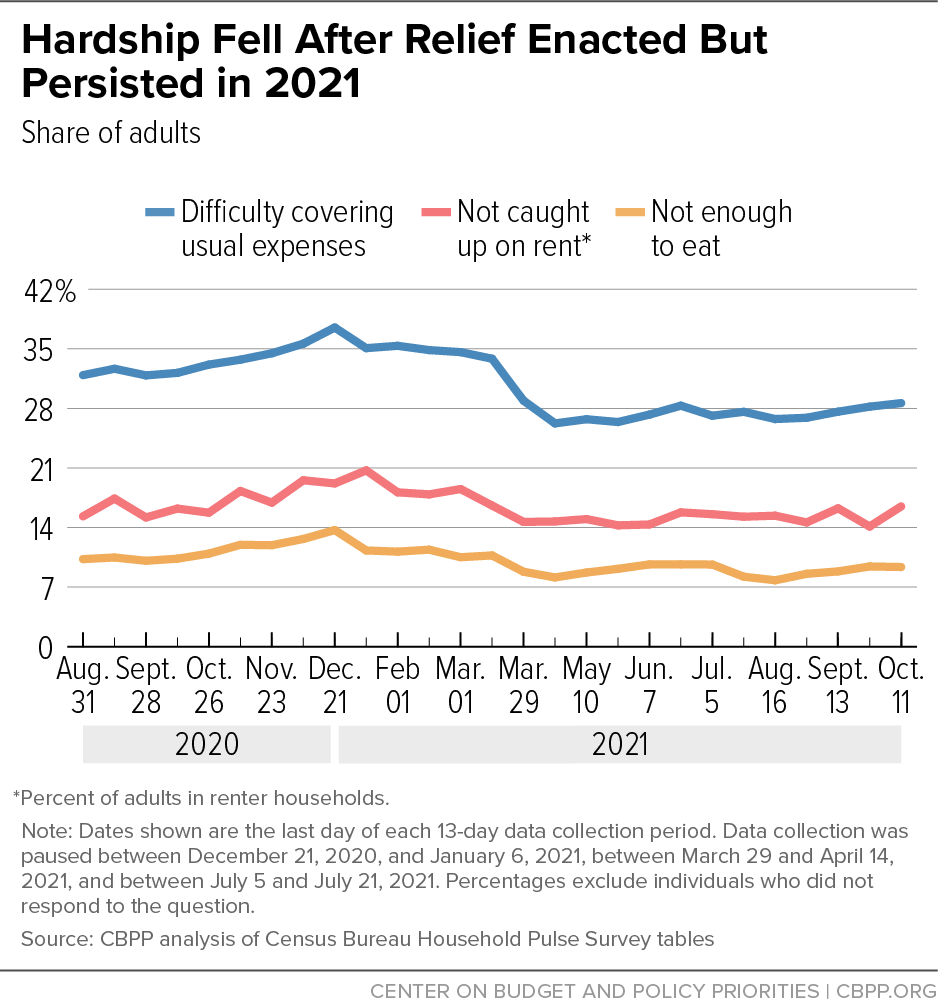The project i wanted to focus on is an issue that has interested me for a long time now. It also happens to be a large issue in many places around the world. This is the effect of the pandemic on the global economy. It is obvious that the pandemic has had a significant impact on the global ecnonomy, reaching many areas such as food insecurity and homelessness. This can be seen in the graph below:

I believe it will be very interesting to bring the extent of the pandemics damage on society to light. This can lead to possible methods in which communities can improve their infrastructure. Furthermore it will be incredibky useful to be able to see not only how the pandemic impacted our communities but those all around the world as well.